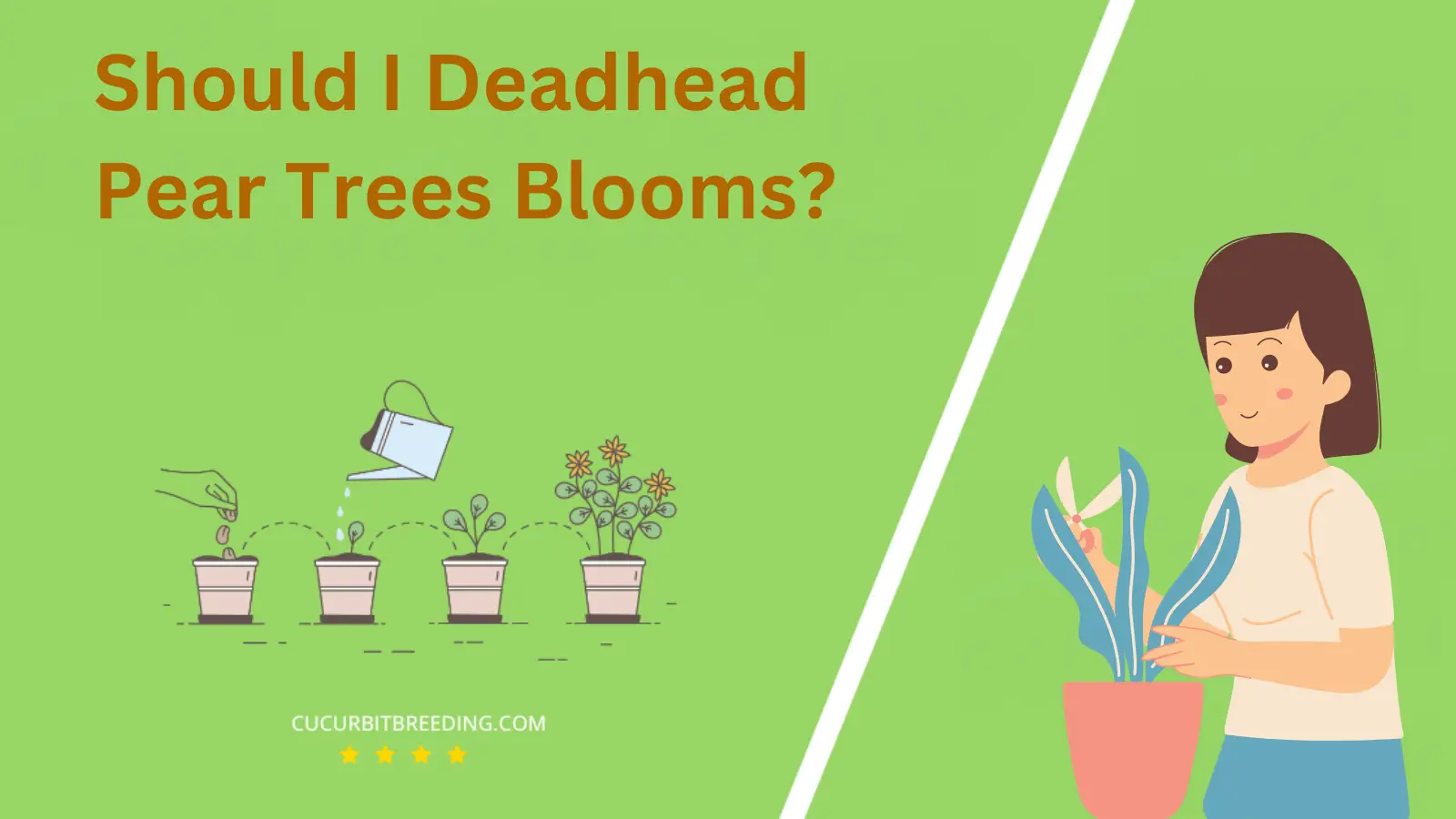
Ever wondered, when do pear trees bloom? This question may seem simple, but the answer is a beautiful journey into the world of botany. The blooming period of pear trees is a spectacle to behold, a vibrant event that signals the arrival of spring.
Let’s delve into the fascinating life cycle of these fruit-bearing trees, exploring the factors that influence their blooming and the visual treat it offers. Stay tuned for an enlightening exploration.
When Do Pear Trees Bloom?
Pear trees typically bloom in early to mid-spring, around March to April in most regions. However, the exact timing can vary based on the specific variety of the tree and the local climate. It is during this period that pear trees produce beautiful white blossoms before the leaves emerge.
| Stage | Description |
|---|---|
| Germination | Spring (March – May) |
| Growth | (Spring) March to May |
| Blooming | Spring (March-May) |
| Dormancy | Winter (December-February) |
How Long Do Pear Trees Bloom?
Pear trees typically bloom for approximately 1 to 2 weeks. However, the exact duration can depend on the specific variety of the tree, the local climate, and environmental conditions. The blooming period usually occurs in early to mid-spring, depending on the geographic location.
How Light Affects Pear Trees Blooms?
Light significantly affects pear tree blooms. Pear trees require full sunlight, approximately 6 to 8 hours per day, to bloom optimally. This exposure to light is crucial as it aids in the process of photosynthesis, which in turn, promotes growth and blooming.
Moreover, ample sunlight also helps in producing healthy and vibrant flowers and increases the tree’s fruit yield. Trees that do not receive sufficient light may have stunted growth and poorly developed blooms. Therefore, choosing a well-lit planting location is essential for the health and productivity of pear trees.
Will Pear Trees Bloom the First Year You Plant Them?
Typically, pear trees do not bloom in their first year after planting. They usually take 3 to 10 years to mature enough to produce flowers and subsequently fruit. This is because the initial years after planting are mainly focused on root development and overall growth. However, this timeline can vary depending on the specific variety of the pear tree and the conditions in which it is grown.
Will Pear Trees Bloom Every Year?
Yes, Pear Trees do bloom every year. This annual bloom usually takes place during the spring season, with beautiful white or pink flowers covering the tree. However, the exact timing can vary based on the tree’s specific variety and the local climate conditions. It’s vital to note that poor health, inadequate care, or unsuitable environmental conditions can potentially hinder a pear tree’s ability to bloom annually.

Should I Deadhead Pear Trees Blooms?
Deadheading, which is the process of removing faded or dead flowers, is not necessary for pear trees. Pear trees are typically self-shedding, meaning they naturally drop their spent blooms without any need for human intervention. Furthermore, deadheading could potentially remove the developing fruit. Therefore, it’s best to avoid deadheading pear tree blooms.
Top Reasons Mature Pear Trees May Stop Flowering

There are several reasons why mature pear trees may stop flowering. One common reason is inadequate sunlight. Pear trees require full sun for proper growth and blooming. If they are shaded by larger trees or buildings, they may not produce flowers.
Another reason could be improper pruning. Pear trees need to be pruned correctly to encourage flowering. Over-pruning or incorrect pruning can stress the tree and cause it to stop producing flowers.
Nutrient deficiencies, particularly a lack of phosphorus or potassium, can also affect flowering. These nutrients are essential for flower production. A soil test can help identify any deficiencies so they can be corrected.
Finally, disease or pest infestation can cause a pear tree to stop flowering. Common issues include fire blight, pear psylla, and codling moths. If your tree is not flowering, it’s worth checking for signs of disease or pests.